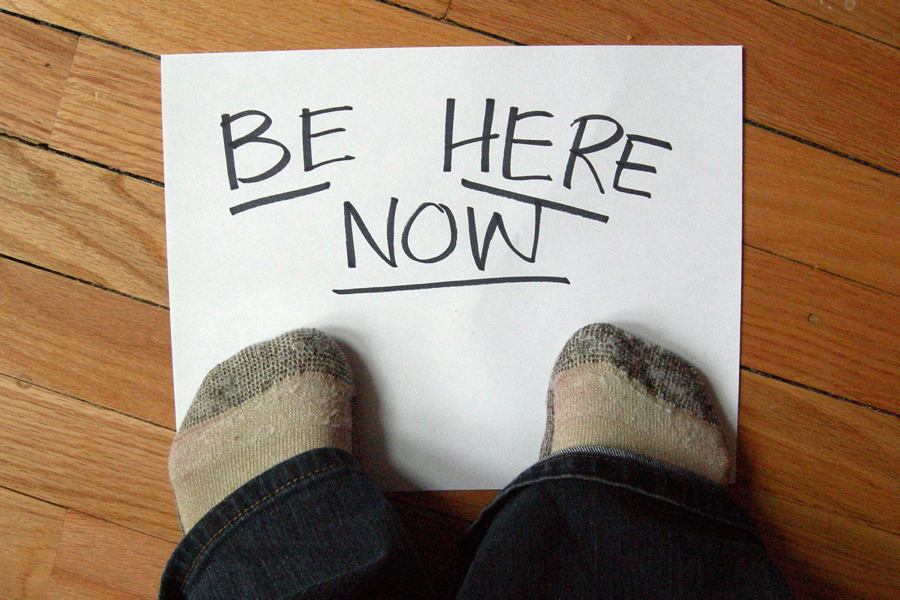Fostering Resilience during COVID-19 by Connecting with Our Values
Jill Stoddard
By Annabelle Parr
As we enter Mental Health Awareness Month this year, we are collectively experiencing not only a global health crisis, but also a stressor which has potentially significant repercussions for our mental health. At the very least, we are likely to be experiencing a range of painful emotions as a result of this crisis. On any given day, I find myself feeling at least some combination of the following: anxiety, fear, stress, grief, frustration and/or exhaustion.
As an Acceptance and Commitment Therapy (ACT) therapist, when I am struggling, I ask myself the question: can I be willing to have this pain, and still choose to move in the direction of what matters most to me? The goal of ACT is to help us to live more vital, meaningful lives even as we struggle with the inevitable pain and discomfort inherent in being human. And goodness knows this pandemic has given us all a whopping dose of pain and discomfort.
But what does a meaningful life look like during a global crisis?
Prior to COVID-19, I felt like I had developed a pretty good sense of how to move toward what matters even when I feel anxiety or fear or frustration. But this pandemic has challenged me. At first, I felt overwhelmed as it seemed the world had turned upside down, and I struggled to find ways to live my values when life suddenly felt so restricted by forces beyond my control.
So I began to consider: how can I continue to move toward what matters most to me, even as life has become more restricted by this pandemic?
A few weeks ago, I was scrolling Instagram and came across a post posing the question: “if someone told you that you could save a life, would you?” The post went on to remind us that we are all being given that otherwise very rare opportunity, and that in staying home right now, we are actually saving lives.
https://www.instagram.com/igo_medical/
After reading this Instagram, it clicked for me: I don’t necessarily have to do anything monumental or new or different right now in order to make significant, values based decisions. Instead, I can consider what I am already doing – like staying home except for essential errands, or wearing a mask and maintaining six feet from others when I do need to go out, or calling and connecting with friends and family – and I can connect these actions with my values.
What are values?
Values from an ACT perspective are a collection of verbs, adverbs, and adjectives that describe qualities of being; a.k.a. who and how do I want to be in the world? For me, a few of my values include being compassionate, conscientious, kind, and loving.
Connecting with our values can infuse the choices we are already making with purpose.
When I connect even the simple action of staying home with being compassionate or loving, rather than becoming fused with thoughts about how terrible, frightening, or overwhelming this all is, I can ground myself in a sense of purpose and meaning beyond my discomfort. And I can bring my values to anything I do: when I call family or friends, I can choose to show up lovingly; when I go to the store, I can offer gratitude to the essential workers I interact with; when I watch my favorite TV show, I can connect with my value of being kind and gentle with myself. The key is being intentional about why I do what I do.
You are enough just as you are.
Navigating a pandemic is exhausting; it demands so much of us already, and additional pressure to do more when just getting through the day feels taxing enough can feel less than helpful. Part of the beauty of ACT is that values based actions are not always huge, monumental gestures; in fact, more often, they are the small, intentional choices we make to show up in a particular moment as the type of person that we hope to be in the world. So rather than beating ourselves up for feeling like we are falling short somehow, we might ask ourselves instead, how can I bring the qualities I hope to embody to the actions I am already taking? How can I connect the things I am already doing back with the kind of person that I hope to be?
“Those who have a why to live can bear almost any how.”
I keep coming back to the wisdom of Viktor Frankl during this time; as a Holocaust survivor and psychiatrist, he is particularly well suited to guide us through crisis. He noted that “those who have a why to live can bear almost any how,” and I might add that those who have a why to act can bear almost any how. The “how’s” of our day-to-day right now pose a whole host of new challenges for us, but when we can connect with a why behind these challenges, we are likely to meet them with much greater resilience.
CSAM IS HERE TO HELP
If you or someone you love needs support and might benefit from cognitive behavioral therapy (CBT) or acceptance and commitment therapy (ACT) for anxiety, panic, phobias, stress, PTSD, OCD, insomnia, or stress related to COVID-19, or if you would like more information about our telehealth services, please contact us at (858) 354-4077 or at info@csamsandiego.com



























